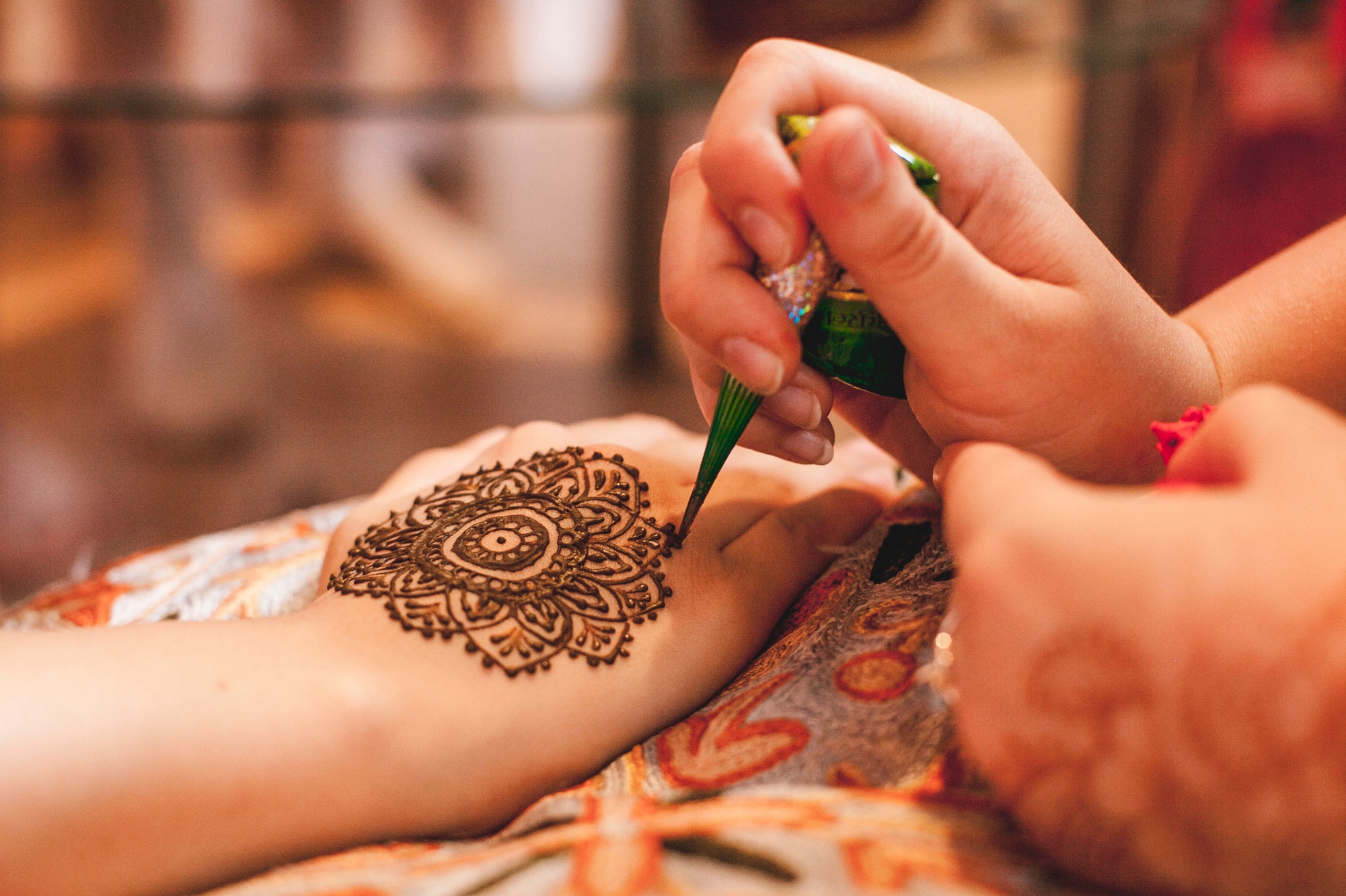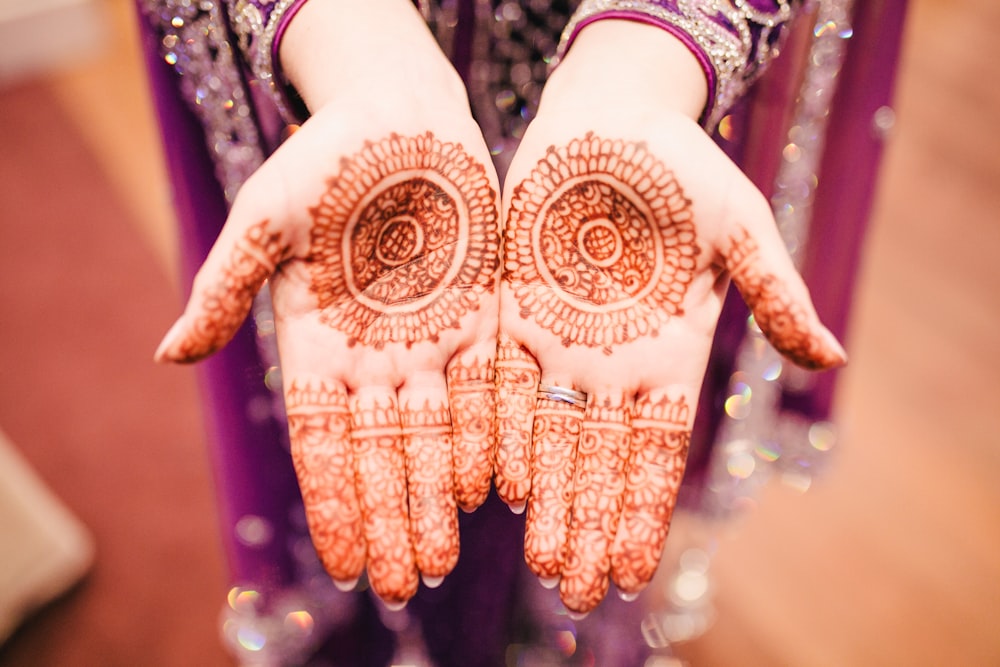The Art Of Henna Tattoo: A Comprehensive Guide
Tattoos are not always applied painfully and with needles. Henna tattoos are one case where the rule is not always valid, and it is a lovely one. Henna tattoo designs have become popular all around the world, leaving a distinctive impression thanks to their rich color and interesting patterns. The henna plant is used to produce the dye used in henna tattoos. Henna powder is combined with liquids like water or tea to create the tattoo. The paste is put in a little piping bag, and it is then piped on the skin. First and foremost, there are no restrictions when it comes to art. So henna can be applied anyplace in general. Henna tattoo designs are already well-known in Eastern and European cultures. For those of you who are unaware of this historical practice of tattooing or who are just curious about some fascinating facts about it. With its complex designs and deep cultural heritage, henna tattoos have captivated people for ages now. You can enjoy body art without making a long-term commitment to them because they are a temporary and all-natural replacement for regular tattoos.
So what is henna?

A plant named Lawsonia inermis is used to make the dye known as henna. A plant that is indigenous to Asia and Africa is referred to as “henna” in Arabic. Henna is frequently called “mehndi” in South Asia. Henna tattoos, also known as mehndi in Indian culture, are a name that originates from Arabic. If used on the skin or hair, the henna plant offers a reddish-brown color. The plant's leaves are crushed to a powder after being dried, and this creates the dye. A paste is created from the powder next. For complex henna tattoo designs on the hands and feet, the paste can be piped into plastic bag cones.
What is a Henna Tattoo?

The essential component for creating any kind of tattoo is ink. Henna is the key component in this case. The powder is combined with other substances, such as water or tea, to create a paste-like composition. Henna can be used on virtually any region of your body, similar to an ink tattoo. Henna, for instance, is applied on the palms of your hands and extends all the way to the shoulders. Depending on the region of the world you're using it in, the henna tattoo's design also varies. However, mehndi is frequently obtained in a cone-like shape, making henna designs simpler.
History and Cultural Significance of Henna Tattoos
Many cultures, including those in India, North Africa, and the Middle East, have used henna for thousands of years. In many cultures, the application of the henna art, also known as mehndi, has important cultural and spiritual significance. Henna tattoos for hands are a traditional component of Indian wedding ceremonies that represent the couple's love, prosperity, and luck. Henna tattoos are considered to be both a gift and a means of protection in Moroccan and North African cultures. In Asia and the Middle East, henna is a typical wedding ritual. Henna is applied prior to weddings in nations such as India, Egypt, Bangladesh, and Morocco.
Henna last for how long?
If you're not familiar with the procedure, you're definitely curious about the durability of henna tattoos. The good news is that it's only temporary, making it ideal for school breaks or trying things out before committing to something more long-term. They must be removable since they are utilized for rituals and ceremonies. Henna is absorbed into the skin because it is a dye rather than tattoo ink, as opposed to traditional tattoos where a needle is used to inject the ink into the skin. The tattoo will become darker and remain longer if the dye is left on for a longer period of time. A henna’s longevity is significantly influenced by where it is placed. Because hands and feet are more frequently in contact with substances like soap and water, their henna tattoos will begin to fade more quickly, starting in some cases after only one week and finishing in two to three. There is a chance that other places, such as the back of the arm, will stay longer.
Maintaining Henna Tattoos
Henna tattoos don't require the use of needles, therefore the aftercare procedure differs from the way a traditional tattoo heals. There are a few henna tattoo tips that can be followed to make it last longer. Henna typically lasts two to three weeks, but you may expect them to start fading after approximately 7 days or earlier.
In the interim, you can use the following Henna tattoo tips to keep your henna looking vibrant:
-
While it is drying, avoid touching it. Keep your hands to yourself during this time to prevent smearing because henna typically takes 30 minutes to set and dry.
-
Stay away from water. When taking a shower or doing the dishes, try to wrap it up, especially if it's on your hands.
-
Keep your distance from chemicals. Avoid chlorine, strong chemicals, and ocean swimming.
-
Maintain moisture on your skin. Similar to a typical tattoo, henna prefers moisture; so to prevent fading, keep it moisturized with moisturizer.
Conclusion
Henna tattoos are a lovely addition to anyone's body, and since they are temporary, there is no commitment. Hennas are the greatest alternative if you're too afraid to get a traditional tattoo, especially because you can do so much with it and create any kind of elaborate design you desire, as long as the artist is skilled. If you want a temporary design, it is a great method to get one. Schedule your appointment today at Bombay Salon & Spa and treat yourself to a beautiful henna tattoo.
BOOK AN APPOINTMENT

